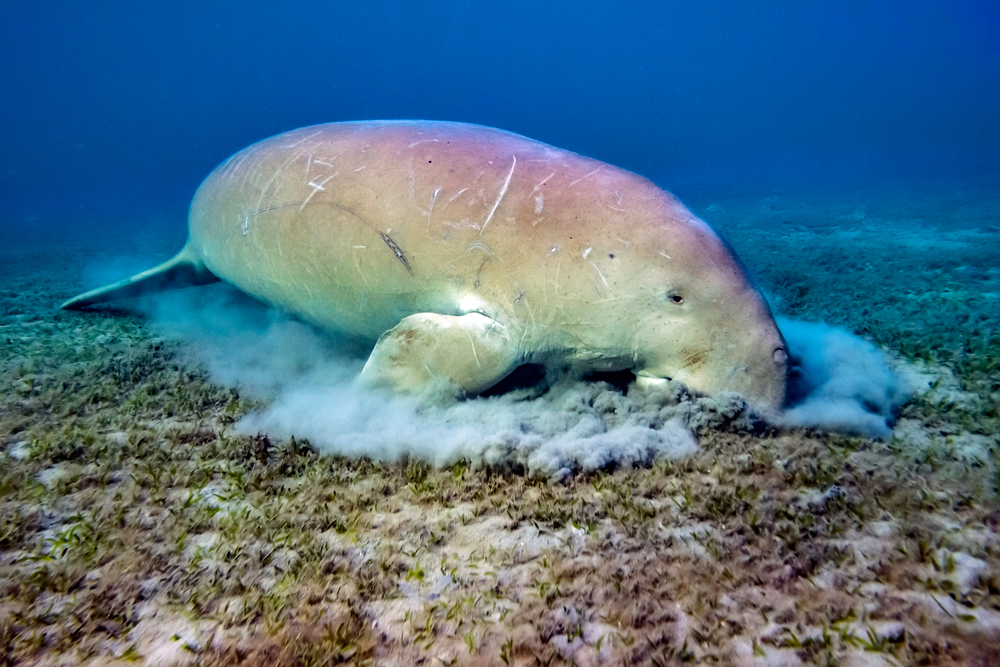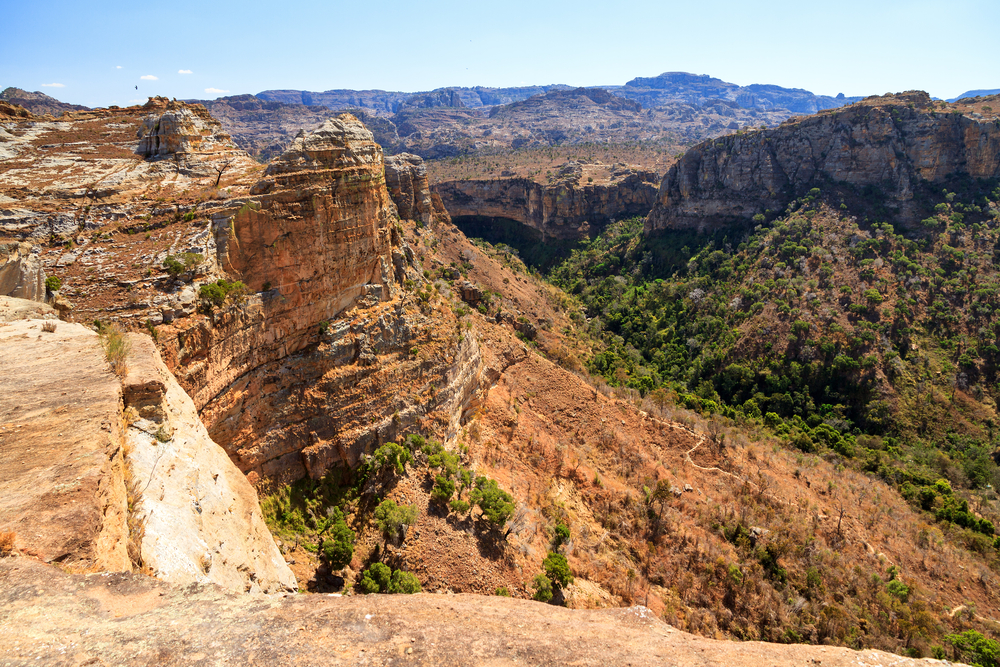Baie de Baly Overview
Baie de Baly National Park, locally known as “Parc National de la Baie de Baly,” is a pristine coastal park located in northwestern Madagascar, near the town of Soalala. Established in 1997, it is one of Madagascar’s most diverse and ecologically significant protected areas. Spanning over 57,142 hectares (221 square miles), the park is uniquely situated where dry deciduous forests meet mangroves and pristine beaches, creating a variety of ecosystems that support a rich array of biodiversity. Named after the adjacent Baly Bay, the park is a haven for both endemic species and migratory wildlife.
The terrain of Baie de Baly is a mosaic of landscapes, ranging from rolling savannas and dense dry forests to coastal mangroves and wetlands. Its sandy beaches and coral reefs add to its ecological diversity, while rivers such as the Andranomavo and Kapiloza run through the park, supporting aquatic and terrestrial life. The vegetation includes endemic dry forest species, mangroves, and a variety of grasses and shrubs adapted to the park’s seasonal climate. During the rainy season, the area transforms into a verdant paradise, attracting migratory birds and other wildlife.
Baie de Baly National Park is particularly famous for being the only known habitat of the critically endangered ploughshare tortoise (Astrochelys yniphora), one of the rarest tortoises in the world. Other notable species include the Madagascar fish eagle, flamingos, and the dugong, a marine mammal that inhabits the park’s coastal waters. Lemurs such as the Decken’s sifaka and mongoose lemur can also be spotted in the dry forests, while reptiles and amphibians, including colorful chameleons and frogs, thrive in the park’s wetlands.
Visitors to Baie de Baly National Park can engage in a variety of activities. Guided hikes through the dry forests offer opportunities to observe the unique flora and fauna, while boat tours in the mangroves and along the coast provide a closer look at the park’s marine life. Birdwatching is particularly rewarding, with seasonal migrations bringing an array of species to the park’s wetlands. The tranquil beaches are perfect for relaxation, and cultural tours with local Sakalava communities offer a chance to learn about traditional practices and the park’s cultural significance.
Despite its ecological richness, Baie de Baly faces challenges such as habitat destruction, illegal logging, and poaching, particularly of the ploughshare tortoise. Conservation efforts led by Madagascar National Parks, in collaboration with international organizations, focus on habitat restoration, anti-poaching measures, and community engagement. Environmental education campaigns aim to foster awareness and promote sustainable tourism practices that benefit both the park and local communities.
Baly Bay National Park is a symbol of Madagascar’s commitment to preserving its unique natural heritage. Its stunning landscapes, rare wildlife, and cultural importance make it a must-visit destination for eco-tourists. Protecting this exceptional park ensures that future generations can continue to marvel at its wonders while supporting the conservation of Madagascar’s most endangered species.

















































































